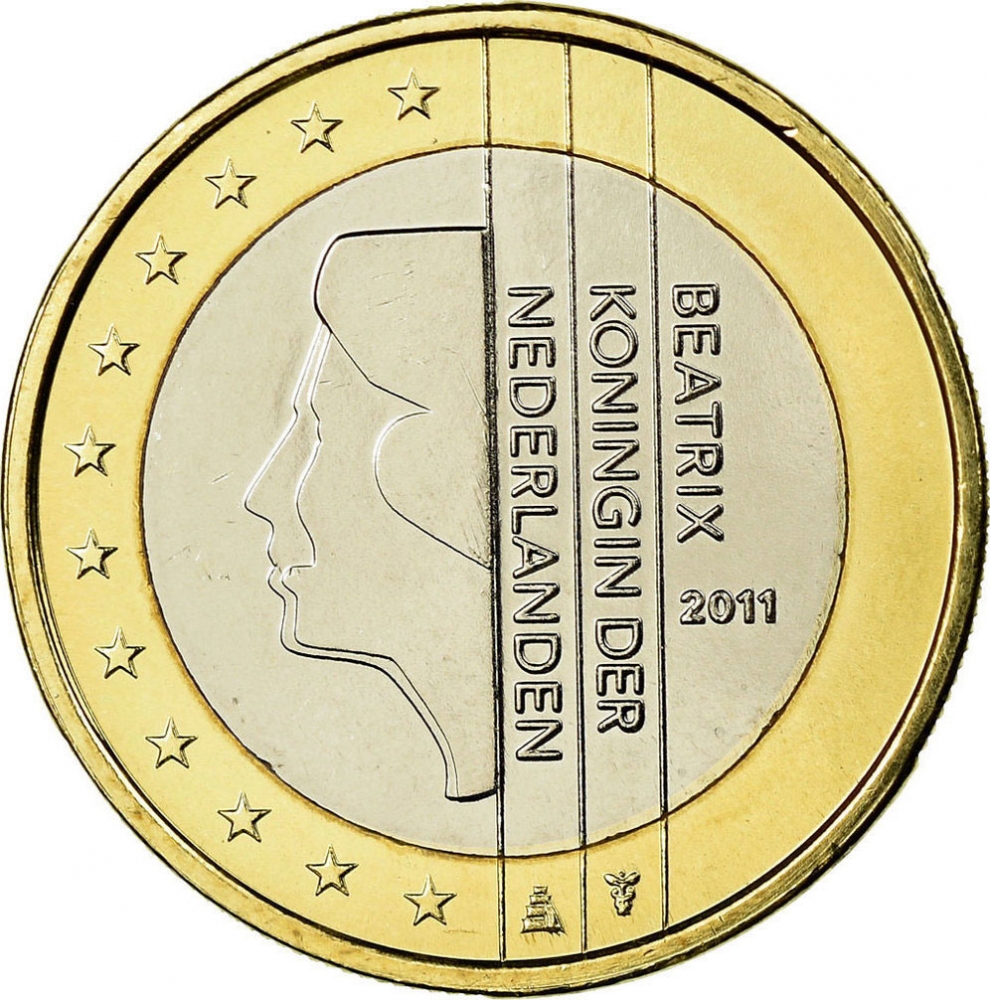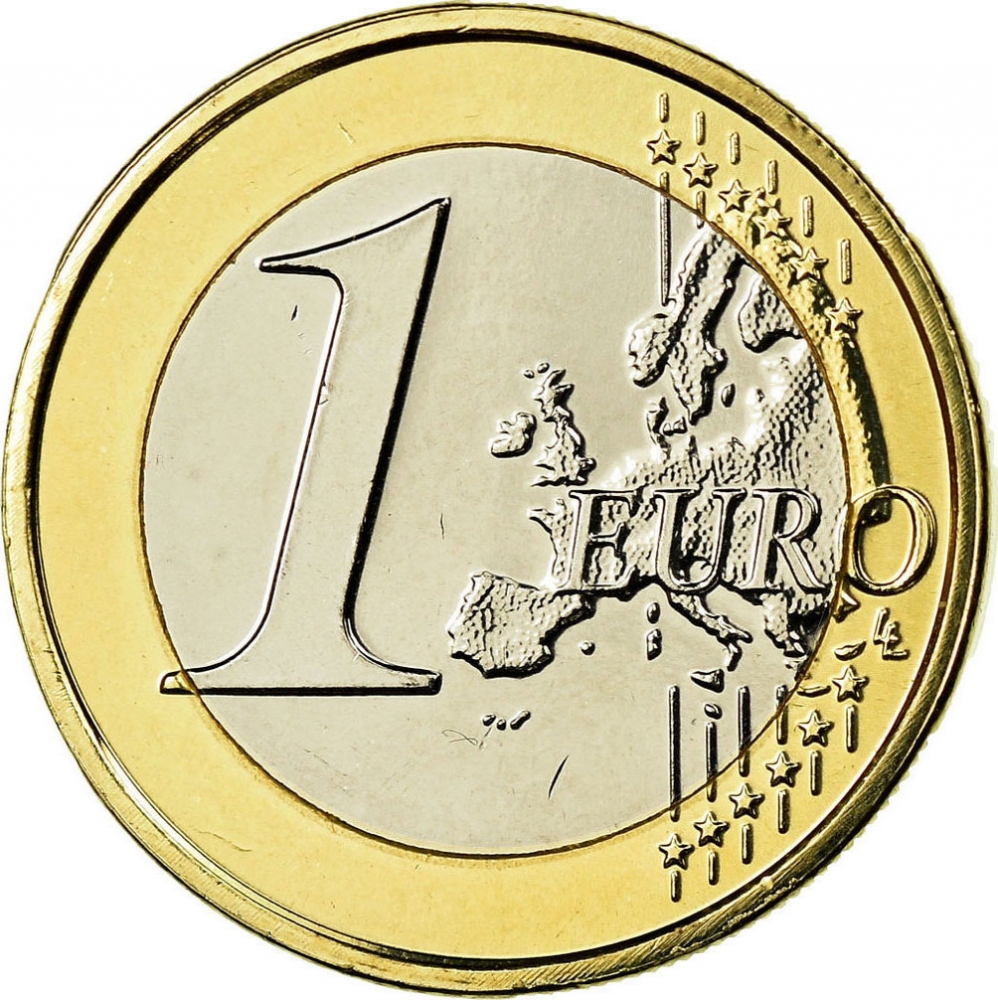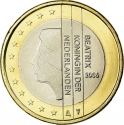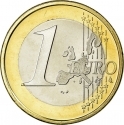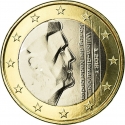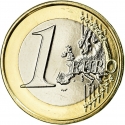You are about to finish your registration. Please check your mailbox (including spam folder). There should be a letter with a confirmation link. Check setting to make sure that your e-mail address is correct.
Send letter againDescription
On 7 June 2005, the European Council decided that the common side of the €0.10 to €2 coins should be brought up to date to reflect the enlargement of the EU in 2004. The €0.01, €0.02 and €0.05 coins show Europe in relation to the rest of the world, therefore they remained unchanged. In 2007, the new design was introduced. The design still retains all elements of the original designs but the map of the fifteen states is replaced by one showing the whole of Europe as a continent, without borders, to stress unity.
Beatrix (born 31 January 1938) reigned as Queen of the Netherlands from 1980 until her abdication in 2013, after a reign of exactly 33 years. In 1966, Beatrix married Claus von Amsberg, a German diplomat, with whom she had three children. Beatrix's reign saw the country's Caribbean possessions reshaped with Aruba's secession and becoming its own constituent country within the Kingdom in 1986 as well as the subsequent Antillean Dissolution in 2010, which created the new special municipalities of Bonaire, Sint Eustatius, and Saba, and the two new constituent countries of Curaçao and Sint Maarten. On Koninginnedag (Queen's Day), 30 April 2013, Beatrix abdicated in favour of her eldest son, Willem-Alexander, and resumed the title of princess.
Obverse

|
The portrait of Her Majesty the Queen can be seen to the left of the centre. Twelve stars can be seen at the left side of the edge. On the right side there are three vertical lines reading "Beatrix, Queen of the Netherlands", all of which are underlined. Between the three lines, near the lower edge, are the marks of the National Mint Director and the Royal Dutch Mint. The year appears horizontally under the name "BEATRIX". This design was taken from the former Dutch guilder. BEATRIX |
|---|---|
Reverse

|
A geographical map of Western Europe spans the outer ring and inner core on the right side of the coin. The inscription 1 EURO is superimposed over the map of Europe, with the numeral “1” located in an open field representing the eastern Atlantic Ocean. 1 EURO |
| Edge |
1 Euro
2nd map
KM# 271 Schön# 155
Characteristics
| Material | Bi-Metallic |
| Ring | Nickel Brass |
| Center | Cupronickel |
| Weight | 7.5 g |
| Diameter | 23.25 mm |
| Thickness | 2.33 mm |
| Shape |
|
| Alignment | Medal |
| Mint |
Royal Dutch Mint (KNM)
|
